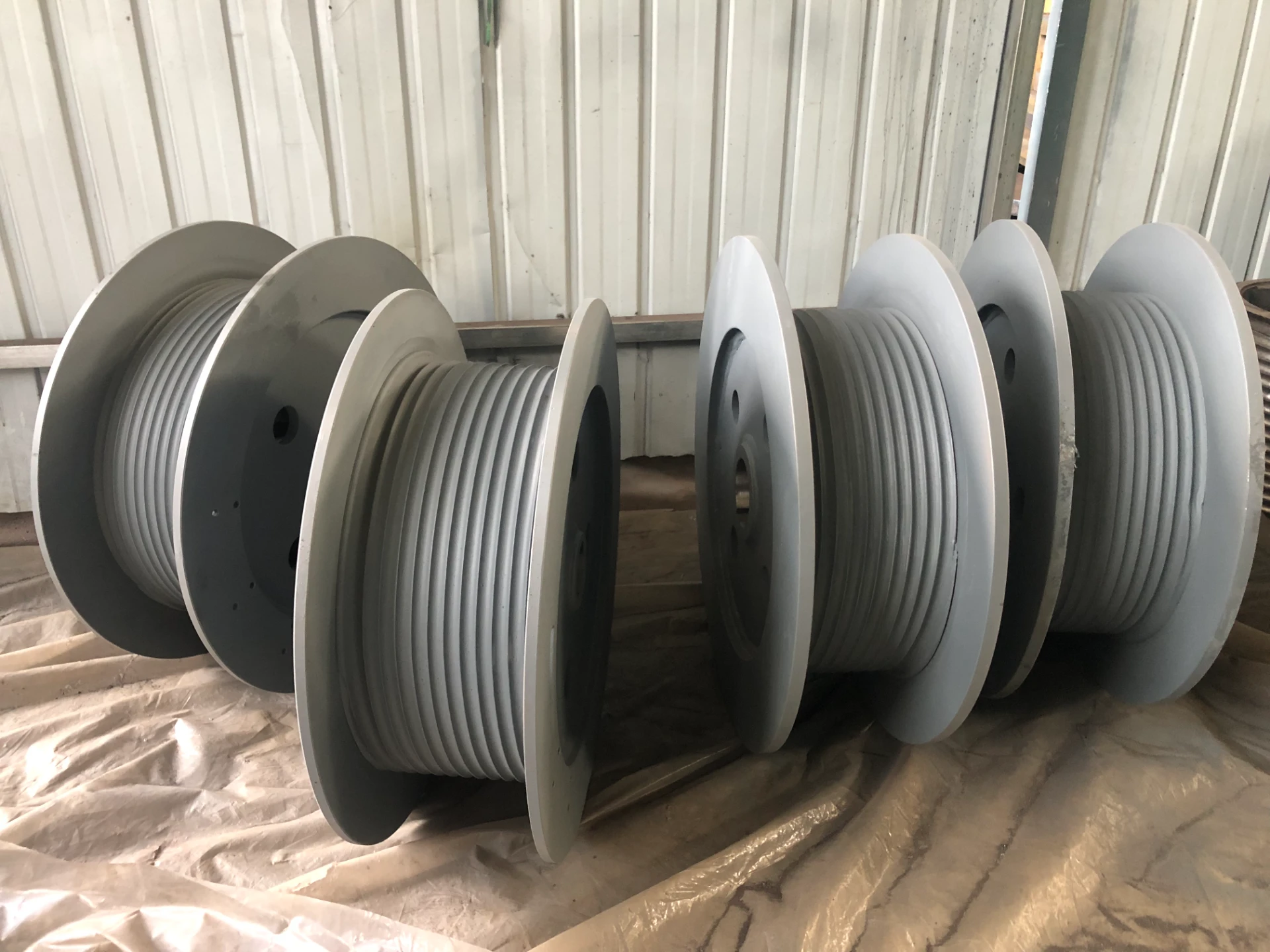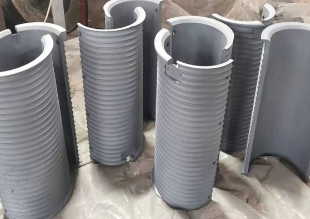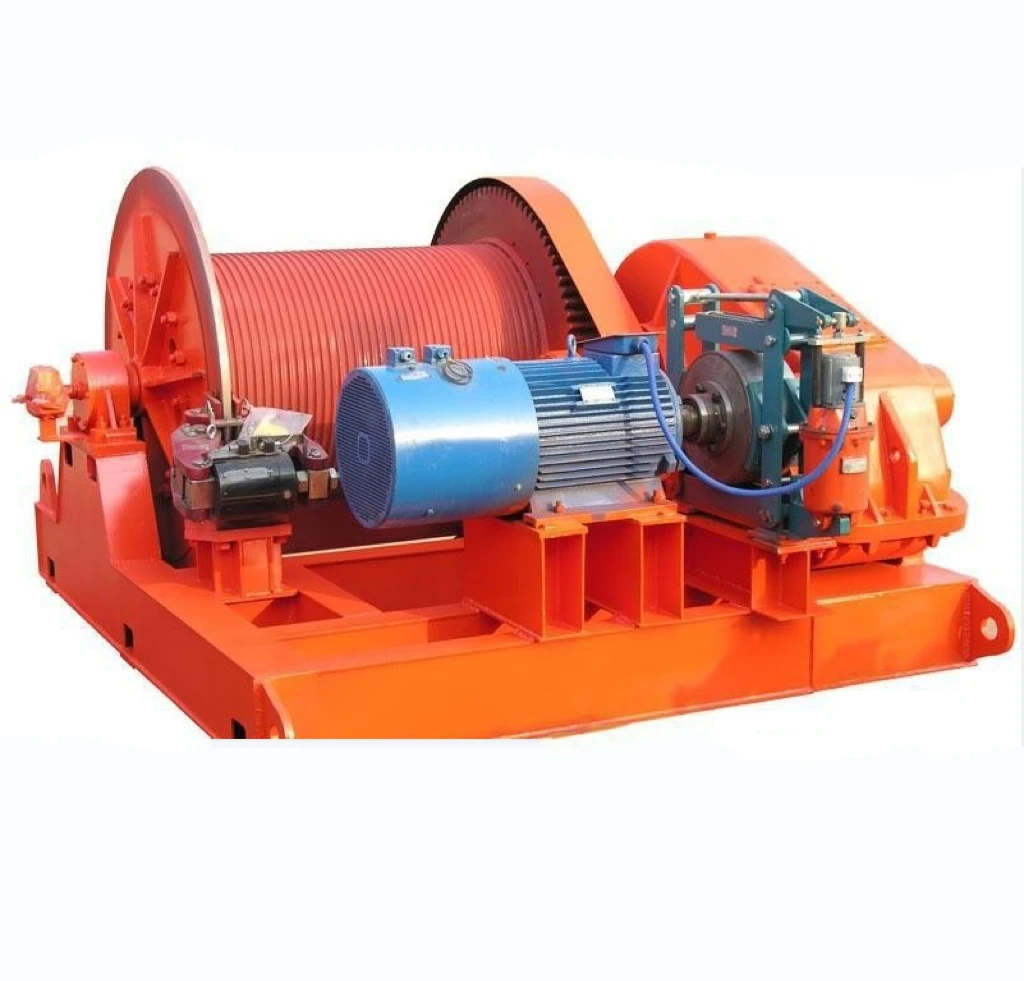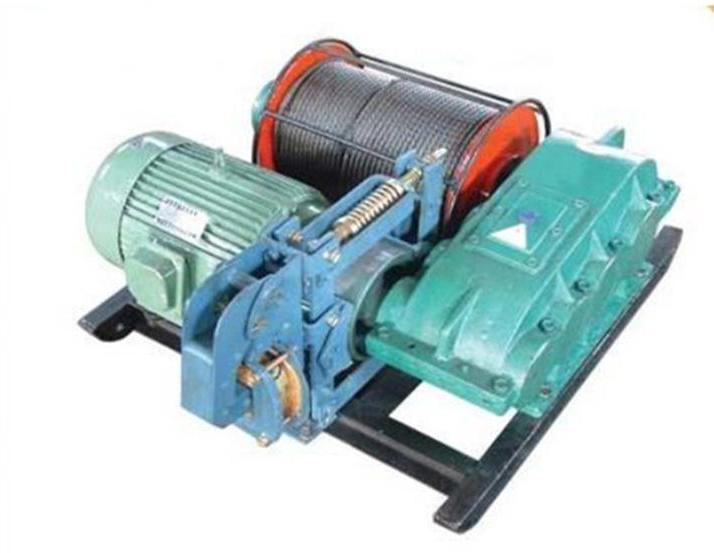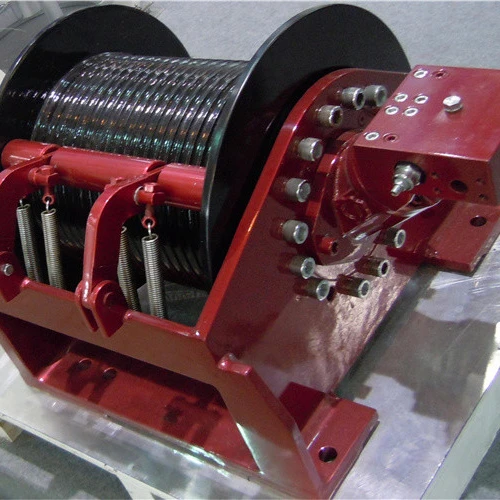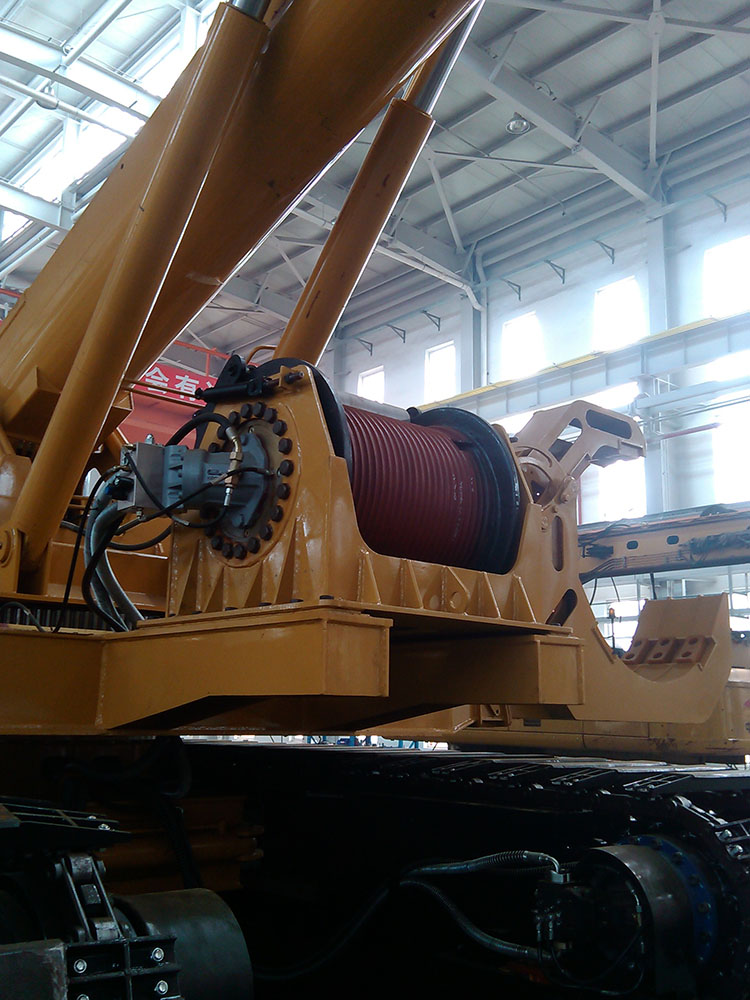Hydraulic Winch for Tow Truck: Power, Safety & Global Impact Explained
What Is a Hydraulic Winch for Tow Truck and Why It Matters Globally
If you’ve ever glanced at a tow truck pulling a stranded vehicle to safety, you’ve likely witnessed a hydraulic winch in action — though you might not have realized it. Simply put, a hydraulic winch for tow trucks is a robust mechanical device that uses fluid power to generate pulling force, helping vehicles stuck in potholes, accidents, or mud to get moving again. It’s an unassuming hero, really. Understanding this technology is quite important, not only because it saves time and lives on the road, but also because it represents an intersection of engineering efficiency and practical rescue work that matter in virtually every country.
From busy highways in the U.S. to remote villages in Africa, tow trucks equipped with hydraulic winches are essential tools that keep vehicles—and economies—moving smoothly.
The Global Context: Why Hydraulic Winches Are More Relevant Than Ever
Worldwide, the transportation sector is a backbone of commerce and daily life. According to the World Bank, road transport carries over 80% of goods and passengers globally. Now, imagine just a few hours of downtime caused by vehicle breakdowns or accidents—this spirals quickly into economic losses and safety risks. Hydraulic winches on tow trucks tackle these challenges head-on by enabling quick vehicle recovery, even under tough conditions like icy roads or disaster zones.
UN reports highlight that in emergency and humanitarian situations, swift vehicle retrieval is a lifesaver, literally and figuratively. But beyond emergencies, the efficiency gains in everyday towing reduce wait times at accident sites, improving traffic flow and safety for everyone. So, it’s safe to say these mechanical workhorses chip away at one of the many global challenges of road maintenance and safety.
Breaking It Down: What Exactly Is a Hydraulic Winch for Tow Truck?
In simple terms, a hydraulic winch is a device mounted on a tow truck that uses pressurized fluid—usually oil—to power a motor responsible for winding and unwinding a strong cable or rope. This cable then pulls or lifts vehicles. Unlike their electric or pneumatic cousins, hydraulic winches offer superior torque and reliability, especially under heavy loads.
The connection here extends to modern industry and humanitarian needs because, frankly, a broken-down vehicle in a remote or hazardous area isn’t just an inconvenience; it can jeopardize life, business, and aid distribution. Hydraulic winches help bridge that gap quickly and safely.
Mini Takeaway:
Hydraulic winches are the backbone of effective vehicle rescue, a mix of powerful fluid mechanics and practical design, ensuring tow trucks can do their job worldwide.
Core Components and Key Factors That Define Hydraulic Winches
Durability and Material Strength
Tow trucks often work in unforgiving environments. The winch must be made of high-tensile steel and corrosion-resistant coatings to withstand weather, rough use, and sometimes salt or chemicals. Manufacturers focus heavily here because a failure can cause safety hazards and costly downtime.
Power and Torque Output
Hydraulic winches stand out because they can generate immense pulling power at low speeds, courtesy of hydraulic motors. This makes them preferable over electric winches for heavy-duty towing where stalled trucks or buses must be moved efficiently.
Control and Safety Systems
Modern hydraulic winches come equipped with controls for smooth operation—think variable speed, remote control, and emergency brakes. Safety features prevent cable snapping or unintended movement, which is crucial when lives and expensive vehicles hang in the balance.
Scalability and Mounting Flexibility
Hydraulic winches are designed to fit different tow truck sizes, from light-duty pickups to large recovery vehicles. This flexibility ensures they meet specific industry needs, e.g., urban recovery versus highway roadside assistance.
Cost Efficiency and Maintenance
Even though hydraulic systems may cost more than other winches upfront, their durability and power justify the investment over time. Routine maintenance includes fluid checks, seals, and cable inspections—relatively straightforward but essential for longevity.
Mini Takeaway:
Strength, power, safety, and adaptability are what make hydraulic winches indispensable to tow trucks—and their operators’ peace of mind.
How Hydraulic Winches Power Real-World Use Cases Across the Globe
The applications for hydraulic winches on tow trucks are as diverse as the roads they travel.
- Urban Emergency Services: Cities across Europe and North America rely heavily on these winches to keep congested streets flowing by quickly removing stalled vehicles.
- Disaster Relief Efforts: After earthquakes or floods in Asia and Latin America, hydraulic winches help clear wrecks and transport emergency vehicles where access is limited.
- Industrial and Remote Operations: In Australia’s mining regions or remote African roads, these winches pull heavy equipment and vehicles out of tricky spots, keeping essential projects alive.
- Military and Government Fleets: Many defense agencies equip tactical tow trucks with hydraulic winches for fast recovery during field operations, often in extreme conditions.
Interestingly, organizations like the ISO develop standards to ensure that equipment like hydraulic winches operate safely and efficiently worldwide—a testament to their universal importance.
Mini Takeaway:
Hydraulic winches don’t just pull; they empower global industries and emergency efforts in landscapes where every second counts.
Advantages and Long-Term Value of Hydraulic Winches for Tow Trucks
The benefits go beyond just pulling power. Firstly, hydraulic winches provide consistent strength that electric winches can't sustain in heavy-duty applications. They are highly reliable even when dealing with frequent, heavy use—pretty crucial when you think about roadside uncertainty.
From a sustainability viewpoint, hydraulic systems tend to be more energy-efficient in heavy-duty cycles, thus reducing the carbon footprint of towing fleets. Safety is another major factor—reducing accidents by providing smoother control and load management fosters trust between companies and customers, which is hard to quantify but vital.
Emotionally, there’s a certain reassurance when a tow operator confidently deploys a winch that won't quit halfway, restoring not just vehicles but dignity and peace of mind to stranded drivers.
Product Specification Table: Typical Hydraulic Winch for Tow Truck
| Specification | Typical Range | Notes |
|---|---|---|
| Pulling Capacity | 5,000 - 25,000 lbs | Varies by model and truck size |
| Motor Type | Hydraulic motor (gear pump) | Typically variable displacement for control |
| Cable Length | 50 - 150 feet | Steel wire rope, sometimes synthetic fiber |
| Control | Remote wired or wireless options | Emergency stop and variable speeds |
| Dimensions | 20" x 15" x 12" (approx.) | Compact enough for varied mounts |
Vendor Comparison: Popular Hydraulic Winch Providers
| Brand | Pull Capacity | Price Range | Warranty | Unique Features |
|---|---|---|---|---|
| HydroPull Systems | 5,000 - 20,000 lbs | $3,000 - $7,000 | 2 years | Custom hydraulic pump integration |
| TowMax Pro | 10,000 - 25,000 lbs | $5,000 - $9,000 | 3 years | Wireless remote and advanced safety brake |
| Elite Rescue Gear | 7,500 - 22,000 lbs | $4,000 - $8,000 | 2 years | Integrated LED load indicators |
Looking Ahead: Innovations and Trends in Hydraulic Winches
The future is definitely looking green and smart. Emerging hydraulic winch designs increasingly use eco-friendly hydraulic fluids and energy-efficient pumps to reduce environmental impact. Digital integration—think IoT-enabled monitoring for preventative maintenance—is starting to creep in, providing operators real-time data on winch performance and cable wear.
Automation also has a foothold: auto-tensioning and programmable winch control reduce human error and improve safety during recovery. And then there’s synthetic fiber cable, lighter yet strong enough for the job, which may replace steel rope in some models soon.
Addressing the Challenges with Hydraulic Winches Today
Sure, nothing is perfect. Hydraulic systems need properly maintained seals and fluids—neglect can lead to leaks and loss of pressure. Costs can be a barrier for smaller operators, and installation requires some expertise.
However, manufacturers are increasingly offering modular kits and simplified installation guides to bridge this gap. Service contracts and training programs help too. In fact, many engineering teams emphasize that a little prep goes a long way with these systems, drastically reducing failure rates and headaches.
FAQ: Your Common Questions About Hydraulic Winches for Tow Trucks
- Q: How much weight can a typical hydraulic winch pull on a tow truck?
- A: Most hydraulic winches designed for tow trucks can pull between 5,000 and 25,000 pounds, depending on the model and truck class. Always check the manufacturer’s specs to match your towing needs safely.
- Q: What maintenance is required for hydraulic winches?
- A: Routine checks include inspecting hydraulic fluid levels, looking for leaks or damaged seals, and ensuring cables are free of frays or corrosion. Regular lubrication and testing the control system are also recommended for smooth operation.
- Q: Are hydraulic winches suitable for use in hazardous environments?
- A: Absolutely. Hydraulic winches are often preferred in hazardous or heavy-duty environments because they offer robust power and are less prone to electrical failure compared to electric options.
- Q: Can I install a hydraulic winch on any tow truck?
- A: Most modern hydraulic winches have mounting options for various tow truck types but confirm compatibility with your vehicle’s hydraulic system and chassis before purchasing.
Wrapping It Up: Why Every Tow Operator Should Consider A Hydraulic Winch
To put it simply: hydraulic winches for tow trucks combine unmatched pulling power, reliability, and versatility that translate into real-world efficiency and safety. They’re more than just mechanical parts—they’re lifesavers, job creators, and innovators rolled into one. If you're in the business—or thinking about upgrading your tow truck—investing in a quality hydraulic winch is a decision that pays dividends for years.
Want to dive deeper or see the latest models with professional insights? Visit our website: hydraulic winch for tow truck and discover options tailored to your needs.
References
-
Hydraulic Drum Winches: Powering Heavy Lifting with Precision and DurabilityNewsNov.24,2025
-
Hydraulic Driven Winch – Reliable Heavy Lifting Solutions for Industry & ReliefNewsNov.24,2025
-
Hydraulic Crane Winch – Powerful & Precise Heavy Lifting Solutions | LBS WinchNewsNov.23,2025
-
Electric Over Hydraulic Winch: Efficient, Durable Lifting Solutions for Modern IndustryNewsNov.23,2025
-
Hydraulic Logging Winch Guide | Global Applications & InnovationsNewsNov.22,2025
-
Hydraulic Forestry Winch: Durable, Efficient Logging Equipment for Sustainable ForestryNewsNov.22,2025


